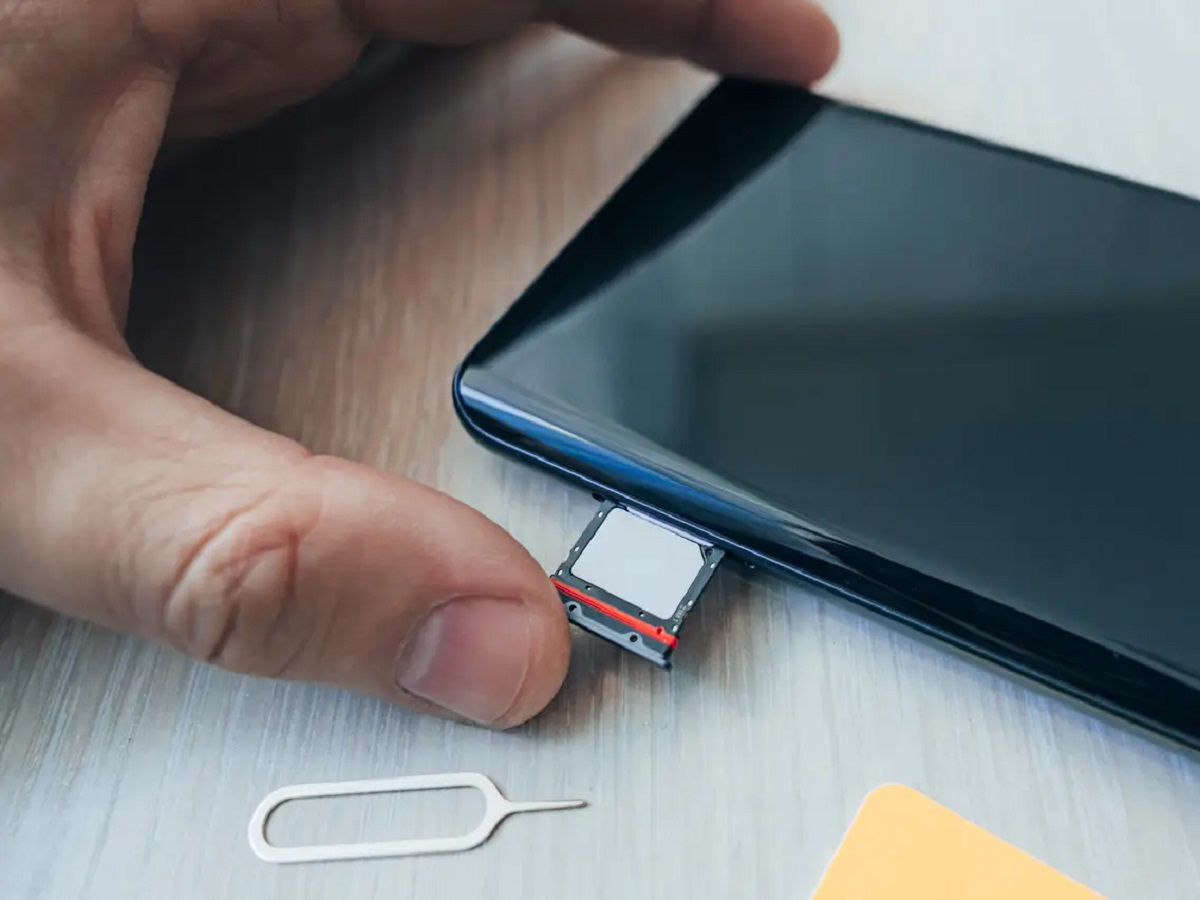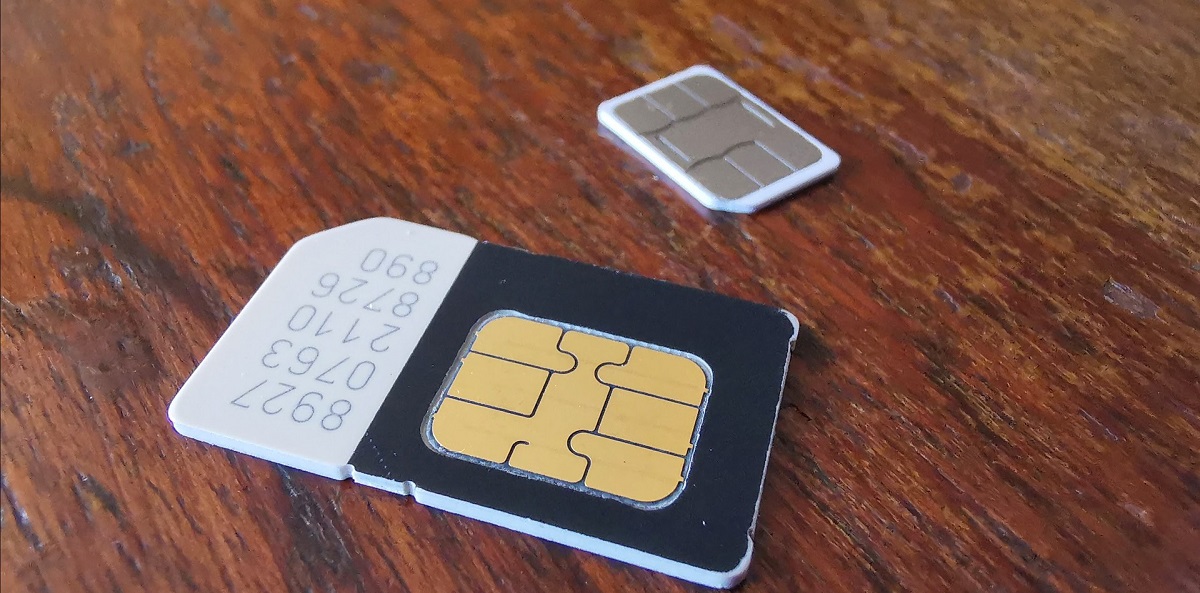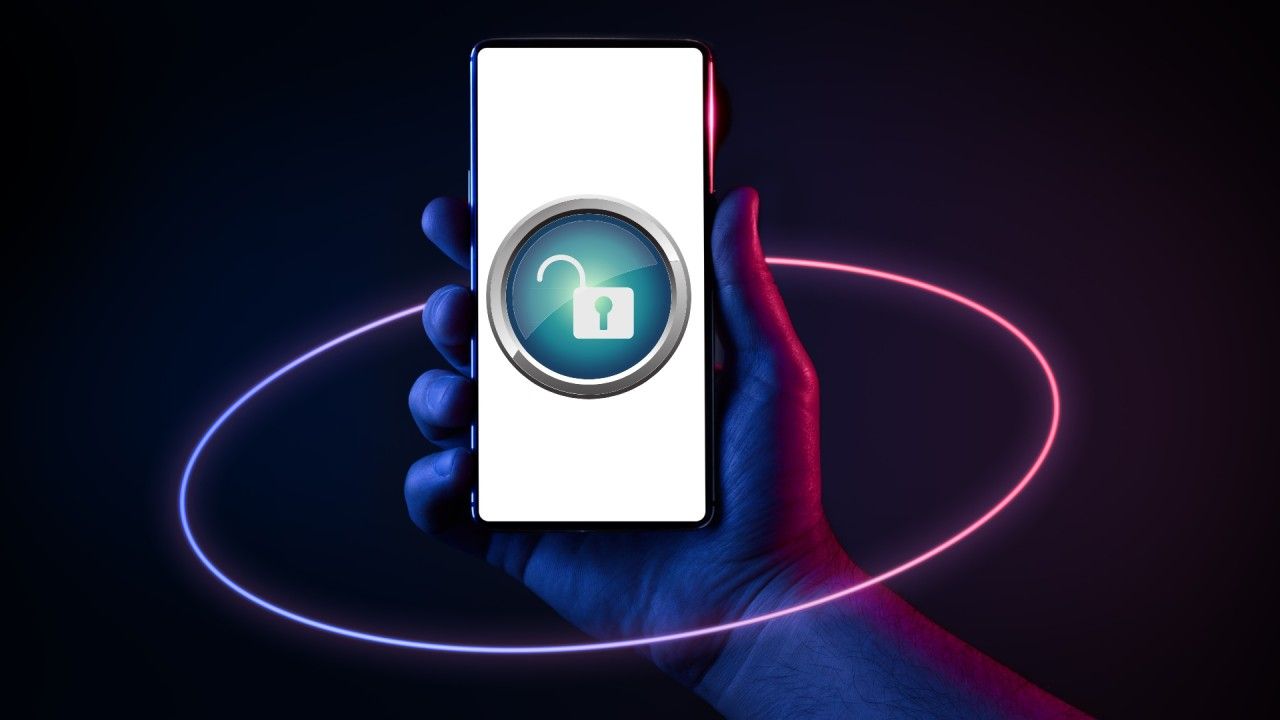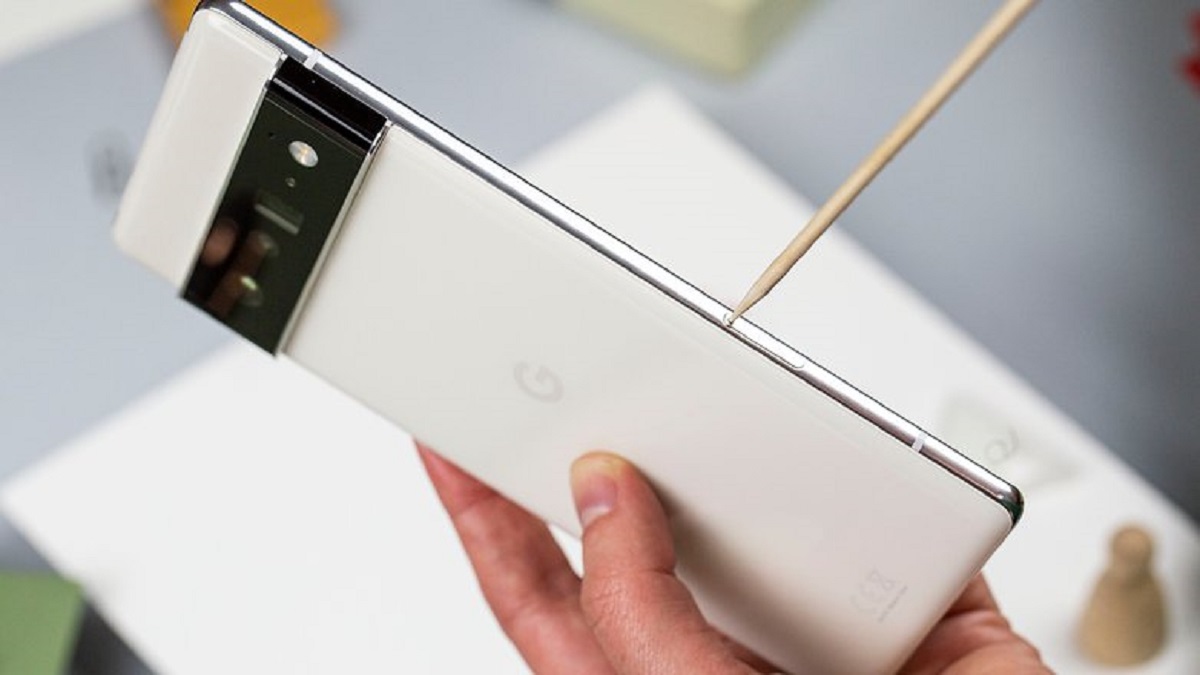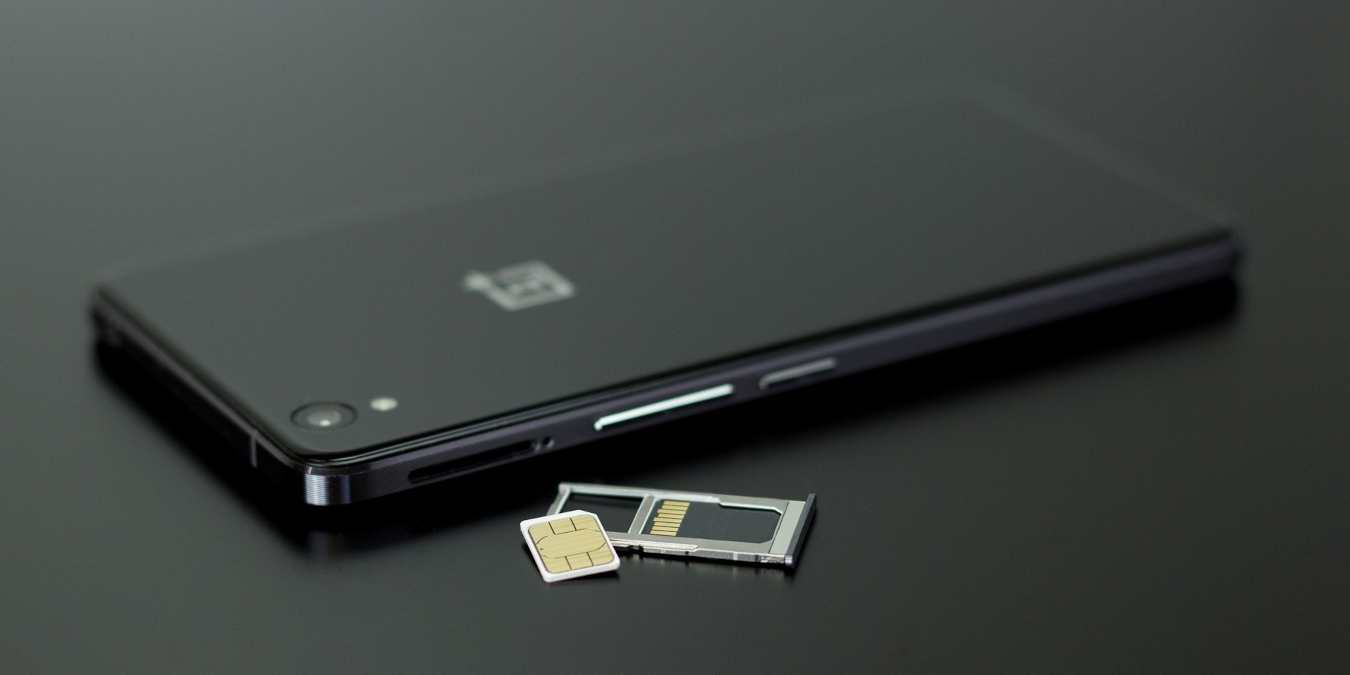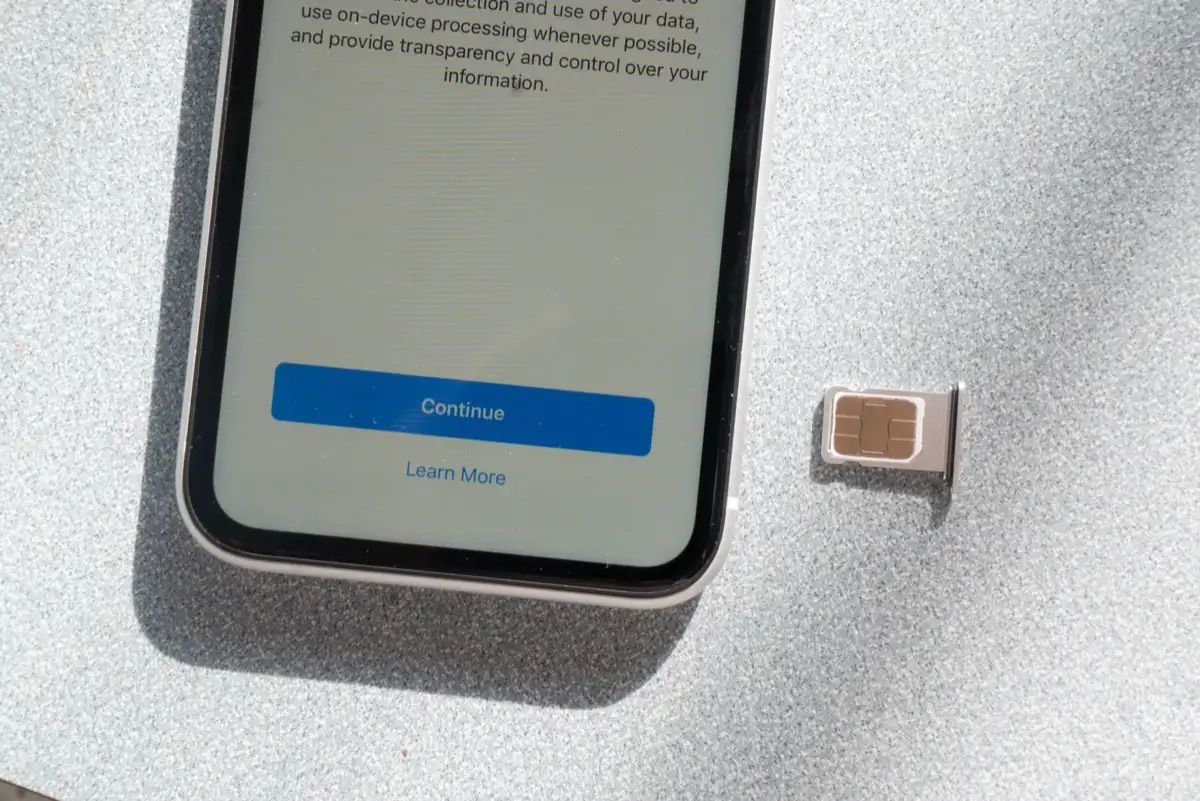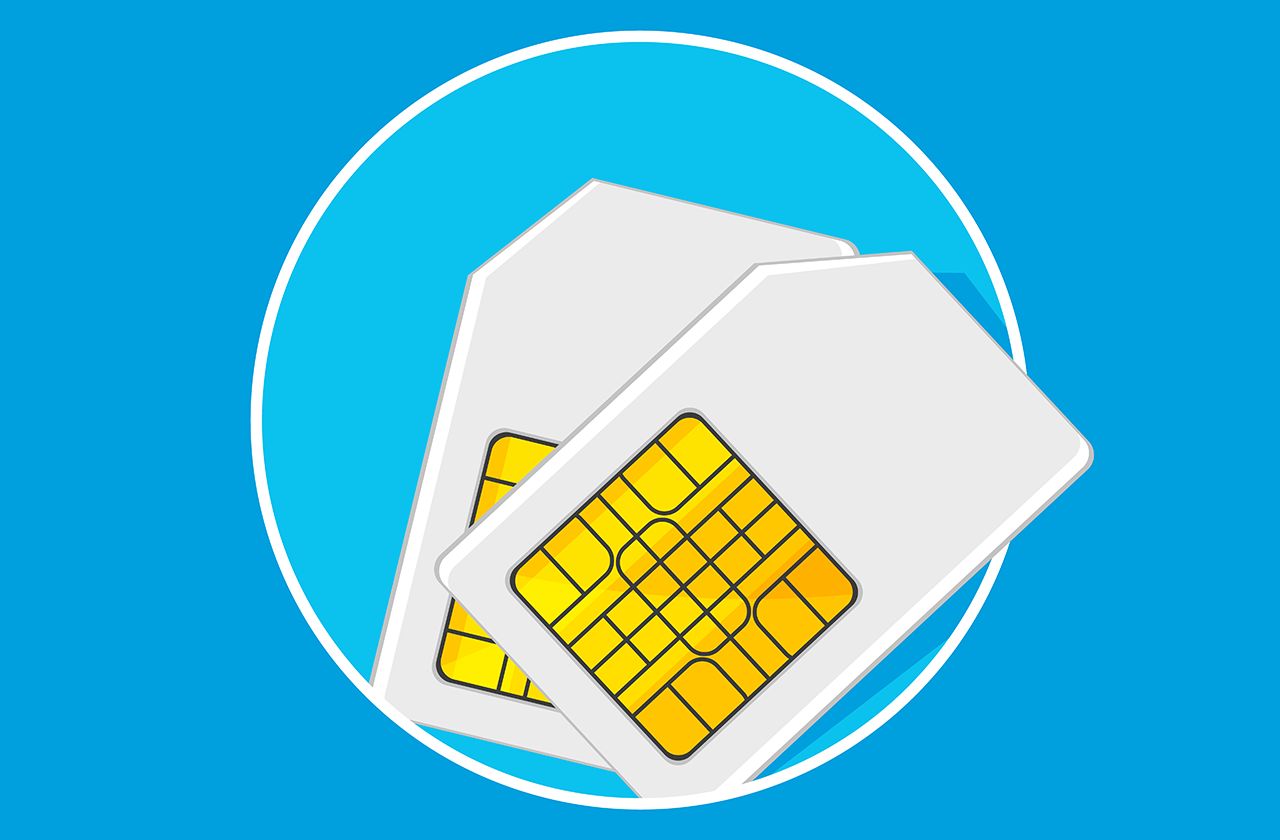Introduction
In today's fast-paced digital world, mobile devices have become an indispensable part of our daily lives. Whether it's staying connected with loved ones, accessing vital information on the go, or conducting business transactions, our reliance on smartphones and other mobile gadgets is undeniable. At the heart of these devices lies a small yet crucial component known as the SIM card.
The Subscriber Identity Module (SIM) card serves as the gateway to the mobile network, enabling users to make calls, send messages, and access data services. This tiny chip plays a pivotal role in authenticating the user's identity and connecting them to the network, making it an essential element in the functionality of any mobile device.
Despite its diminutive size, the SIM card can wield considerable influence over the user experience. When functioning optimally, it seamlessly facilitates communication and data access. However, like any electronic component, the SIM card is susceptible to wear and tear, potentially leading to performance issues and disruptions in service.
Understanding the signs of a failing SIM card is crucial for mobile device users. By recognizing these indicators early on, individuals can take proactive measures to address the underlying issues and ensure uninterrupted connectivity. From erratic network connectivity to error messages during calls and texts, the manifestations of a failing SIM card can vary, often causing frustration and inconvenience.
In the subsequent sections, we will delve into the nuances of SIM card functionality, explore the common signs of a failing SIM card, and provide practical troubleshooting tips to mitigate these issues. By gaining insight into the workings of this essential component, users can navigate the complexities of mobile connectivity with confidence and clarity. Let's embark on this journey to unravel the mysteries of the SIM card and empower ourselves to overcome potential challenges associated with its deterioration.
What is a SIM card?
A SIM card, short for Subscriber Identity Module, is a small, removable chip that is inserted into mobile devices such as smartphones, tablets, and some feature phones. Its primary function is to authenticate the user's identity and connect the device to the mobile network, thereby enabling voice calls, text messages, and data access. This tiny yet powerful component stores crucial information, including the user's unique identifier, network authentication key, and personal contacts.
The SIM card contains essential data that allows mobile operators to recognize and authorize a user's device on the network. This data includes the International Mobile Subscriber Identity (IMSI), a unique number that identifies the user within the network, and the Integrated Circuit Card Identifier (ICCID), a unique serial number that distinguishes the SIM card itself. Additionally, the SIM card stores the authentication key (Ki), which is used to verify the user's identity and encrypt communications between the device and the network.
There are different types of SIM cards, including standard SIM (Mini-SIM), micro-SIM, and nano-SIM, each progressively smaller in size. The standard SIM, also known as Mini-SIM, was the prevalent form factor in the past. However, with the evolution of mobile devices, smaller SIM card sizes were introduced to accommodate sleeker designs and more compact gadgets. The nano-SIM, the smallest of the three, is now the standard for most modern smartphones.
Apart from facilitating network connectivity, SIM cards also serve as repositories for contacts and text messages. Users can store their contact information on the SIM card, allowing for seamless transfer of contacts between devices. Additionally, text messages can be saved to the SIM card, ensuring that important communications are not lost when switching devices.
In essence, the SIM card acts as a bridge between the user and the mobile network, enabling secure and authenticated communication. Its role in verifying the user's identity and providing access to network services underscores its significance in the realm of mobile connectivity. Understanding the fundamental functions of a SIM card lays the groundwork for comprehending its potential issues and troubleshooting methods, which will be further explored in the subsequent sections.
Common signs of a failing SIM card
-
Erratic Network Connectivity: A prominent indicator of a failing SIM card is irregular network connectivity. Users may experience frequent disconnections, inability to make or receive calls, and intermittent loss of data connectivity. These disruptions can impede communication and hinder the seamless usage of mobile services.
-
Call Drops and Inaudible Calls: When a SIM card is deteriorating, users may encounter an increased frequency of call drops, where ongoing conversations are abruptly terminated. Furthermore, calls may become inaudible or distorted, making it challenging to engage in clear and coherent conversations.
-
Intermittent Error Messages: A failing SIM card often triggers error messages on the device, indicating issues with network registration, authentication, or SIM card detection. These messages may appear during calls, text messaging, or data usage, alerting users to potential problems with the SIM card's functionality.
-
Delayed or Failed Text Messages: Users may notice delays in sending or receiving text messages, or in some cases, messages may fail to be delivered altogether. These anomalies can be attributed to the deteriorating performance of the SIM card, affecting the seamless transmission of text-based communications.
-
Unexplained Airplane Mode Activation: A failing SIM card may sporadically trigger the activation of airplane mode on the device without user intervention. This unexpected activation disrupts network connectivity and can be indicative of underlying issues with the SIM card's stability.
-
Overheating and Battery Drain: In some instances, a failing SIM card can contribute to abnormal device behavior, such as overheating and rapid battery depletion. These symptoms, when coupled with other signs of SIM card failure, may point to underlying hardware or connectivity issues.
-
Inability to Access Mobile Data: Users may encounter difficulties accessing mobile data services, such as browsing the internet or using mobile applications. This limitation can stem from a failing SIM card's inability to establish and maintain a stable connection with the mobile network.
Recognizing these common signs of a failing SIM card empowers users to identify potential issues early on and take proactive measures to address them. By being attuned to these indicators, individuals can troubleshoot and resolve SIM card-related issues, ensuring continued seamless connectivity and optimal performance of their mobile devices.
How to troubleshoot a failing SIM card
When confronted with the signs of a failing SIM card, users can employ several troubleshooting techniques to mitigate the issues and restore seamless connectivity. By systematically addressing potential causes and implementing corrective measures, individuals can effectively troubleshoot a failing SIM card. Here are practical steps to troubleshoot and resolve SIM card-related issues:
-
Restart the Device: A simple yet effective initial step is to restart the mobile device. This action can refresh the device's network connections and system processes, potentially resolving temporary glitches affecting the SIM card's functionality.
-
Clean the SIM Card and Tray: Dust or debris accumulation on the SIM card or within the SIM card tray can hinder proper contact and connectivity. Gently removing the SIM card, cleaning it with a soft, dry cloth, and ensuring the tray is free of foreign particles can alleviate potential connection issues.
-
Check Network Settings: Verifying the device's network settings, including network mode, preferred network type, and roaming settings, can help ensure that the device is configured for optimal network connectivity. Adjusting these settings as per the mobile operator's recommendations can enhance the SIM card's performance.
-
Re-seat the SIM Card: If the SIM card is not seated securely in the tray, it can lead to intermittent connectivity issues. Carefully removing and re-inserting the SIM card ensures a proper and secure connection, potentially resolving disruptions in network access.
-
Test with Another Device: Testing the SIM card in another compatible device can help ascertain whether the issues are device-specific or SIM card-related. If the SIM card functions normally in a different device, the original device may require further troubleshooting or assessment.
-
Update Device Software: Ensuring that the mobile device's software is up to date is crucial for addressing potential compatibility issues and software-related bugs that may affect the SIM card's performance. Installing the latest software updates can rectify underlying software-related issues.
-
Contact Mobile Operator: Engaging with the mobile operator's customer support can provide valuable insights and assistance in diagnosing and resolving SIM card-related issues. The operator's technical support team can offer guidance, perform remote diagnostics, and initiate SIM card replacements if necessary.
By methodically implementing these troubleshooting steps, users can effectively address the signs of a failing SIM card and restore optimal functionality to their mobile devices. Recognizing the importance of proactive troubleshooting empowers users to overcome connectivity challenges and maintain uninterrupted access to mobile services.
When to replace a failing SIM card
Recognizing the appropriate time to replace a failing SIM card is pivotal in ensuring uninterrupted connectivity and optimal performance of mobile devices. As users encounter the signs of a failing SIM card and navigate through troubleshooting measures, it becomes essential to discern when a SIM card replacement is warranted. Here are the key indicators that signify the need for replacing a failing SIM card:
Persistent Connectivity Issues
When persistent network connectivity issues persist despite thorough troubleshooting efforts, it may signify irreparable damage or deterioration of the SIM card. The recurrence of call drops, inaudible calls, and erratic data connectivity, even after addressing potential causes, indicates the need for a SIM card replacement.
Unresolved Error Messages
If error messages related to network registration, SIM card detection, or authentication persist despite troubleshooting, it suggests underlying issues with the SIM card's functionality. Unresolved error messages serve as a compelling signal for the imminent replacement of the failing SIM card.
Degraded Call and Message Quality
A failing SIM card often contributes to degraded call quality, frequent call drops, and delays in sending or receiving text messages. When these issues persist despite efforts to rectify them, it underscores the necessity of replacing the SIM card to restore seamless communication.
Overheating and Device Anomalies
In instances where a failing SIM card contributes to abnormal device behavior such as overheating, rapid battery depletion, or unexplained activation of airplane mode, it indicates potential hardware-related implications. In such cases, replacing the SIM card becomes imperative to mitigate adverse effects on the device's functionality.
Enduring Data Access Limitations
Persistent limitations in accessing mobile data services, including browsing the internet and using mobile applications, despite troubleshooting, point to the deteriorating performance of the SIM card. As such, replacing the failing SIM card becomes essential to regain uninterrupted access to data services.
Verification by Mobile Operator
Engaging with the mobile operator's technical support team and undergoing remote diagnostics can provide valuable insights into the root cause of SIM card-related issues. If the operator recommends or initiates a SIM card replacement based on their assessment, it reinforces the need for a timely replacement.
By remaining vigilant and attentive to these indicators, users can make informed decisions regarding the replacement of a failing SIM card. Recognizing the critical juncture where a replacement is necessary ensures sustained connectivity and optimal functionality of mobile devices, empowering users to navigate the digital landscape with confidence and reliability.
Conclusion
In conclusion, the Subscriber Identity Module (SIM) card, though diminutive in size, plays a pivotal role in enabling mobile connectivity and communication. Understanding the signs of a failing SIM card empowers users to navigate potential challenges and take proactive measures to ensure uninterrupted access to mobile services.
By recognizing the common signs of a failing SIM card, including erratic network connectivity, call drops, error messages, and limitations in data access, users can swiftly identify potential issues and initiate troubleshooting measures. Employing techniques such as device restarts, SIM card cleaning, and network setting verification enables individuals to address and mitigate the manifestations of a failing SIM card.
Furthermore, discerning the appropriate time to replace a failing SIM card is crucial for maintaining seamless connectivity and optimal device performance. Persistent connectivity issues, unresolved error messages, degraded call and message quality, and enduring data access limitations serve as compelling indicators for the necessity of a SIM card replacement.
Engaging with the mobile operator's technical support team and undergoing remote diagnostics can provide valuable insights and guidance in the decision-making process regarding SIM card replacement. By remaining vigilant and responsive to the signs of a failing SIM card, users can uphold uninterrupted access to mobile services and mitigate potential disruptions in communication and data connectivity.
In essence, the SIM card serves as the linchpin of mobile connectivity, facilitating secure and authenticated communication while storing essential user information. By gaining insight into the workings of the SIM card and recognizing the signs of its potential failure, users can navigate the intricacies of mobile connectivity with confidence and clarity, ensuring a seamless and reliable user experience.
Ultimately, the proactive recognition of failing SIM card signs and the timely implementation of troubleshooting and replacement measures are fundamental in preserving the integrity of mobile connectivity. Through informed decision-making and responsive action, users can safeguard their mobile devices against the implications of a failing SIM card, ensuring sustained connectivity and optimal performance in the digital realm.







